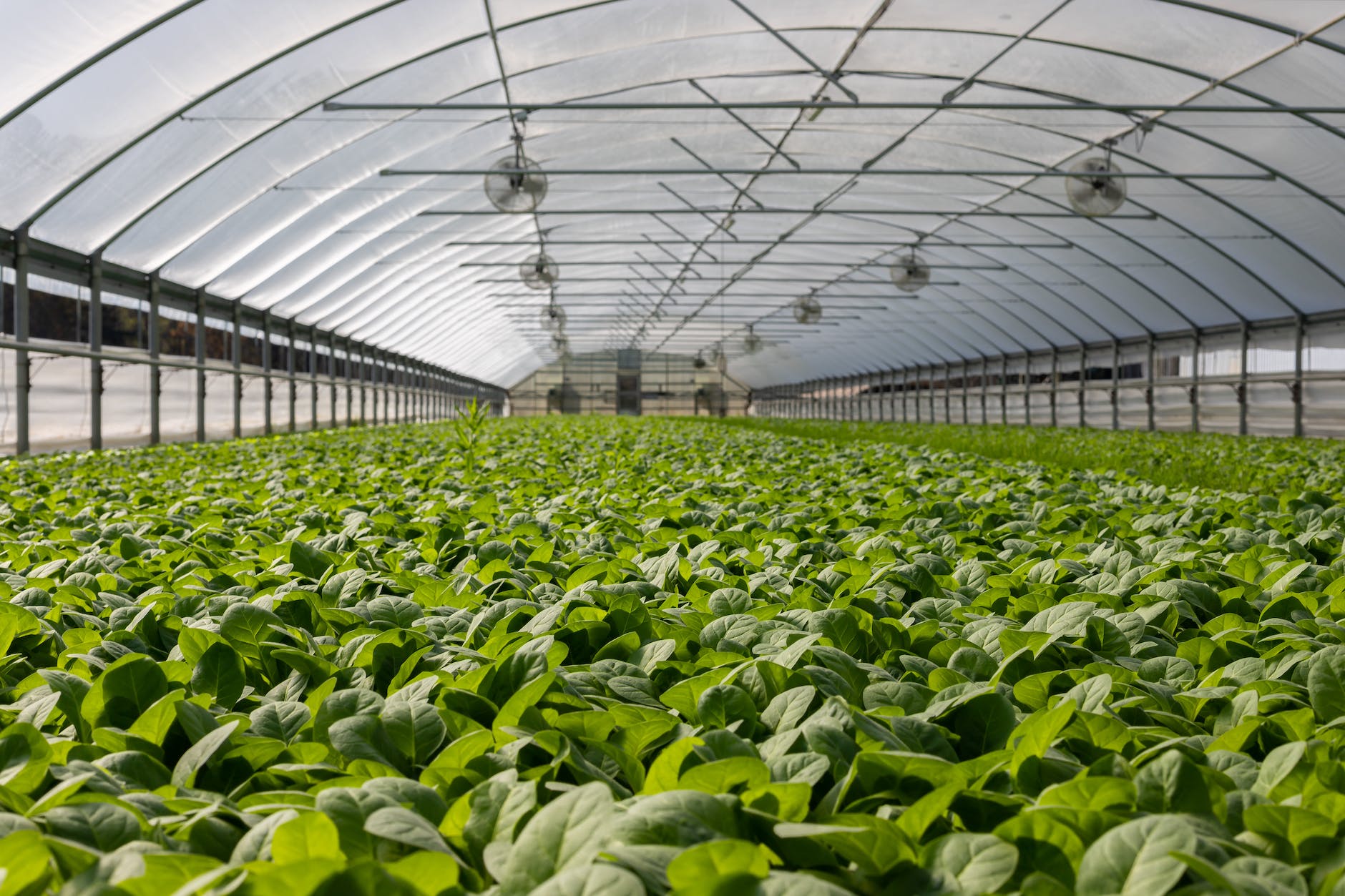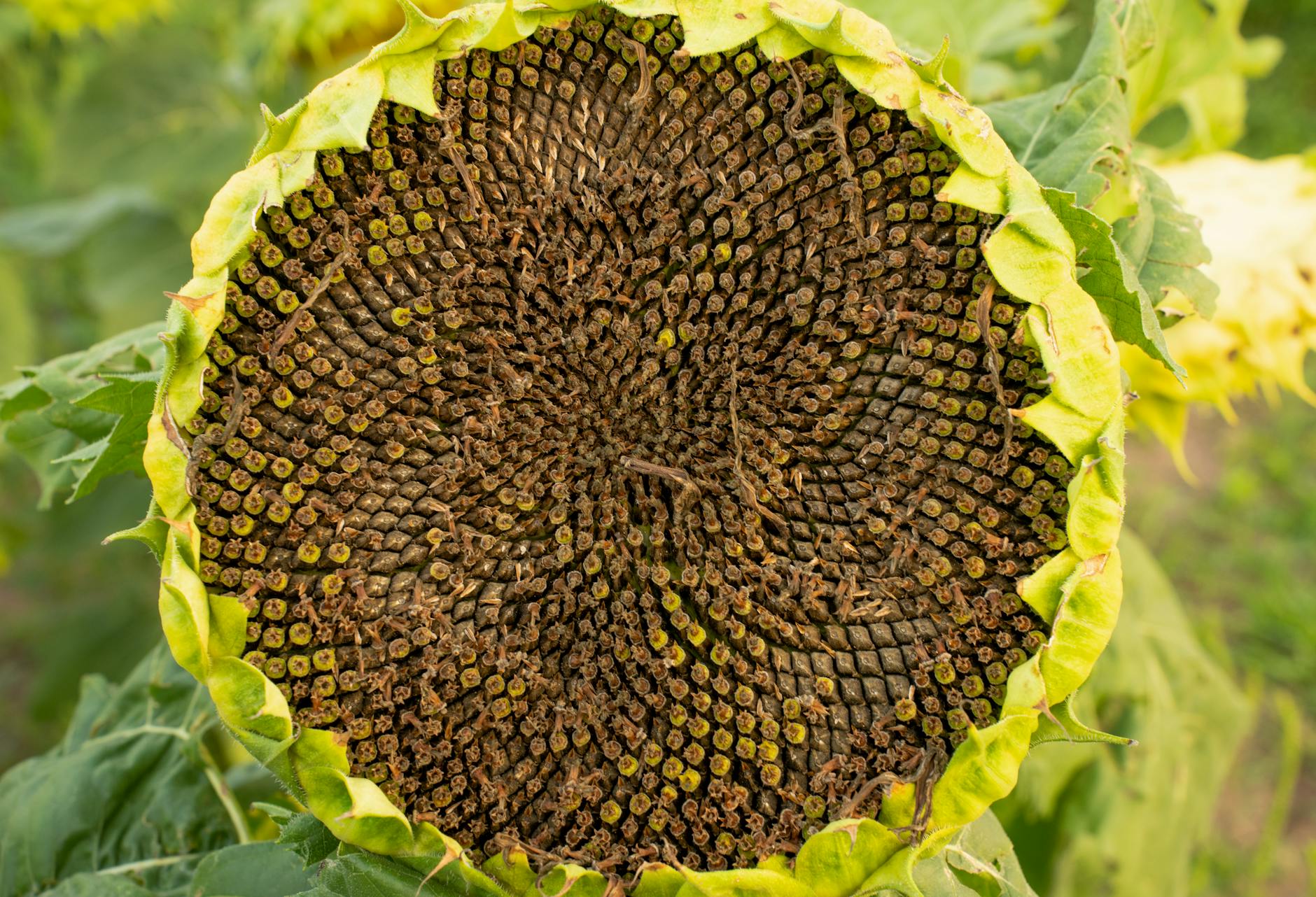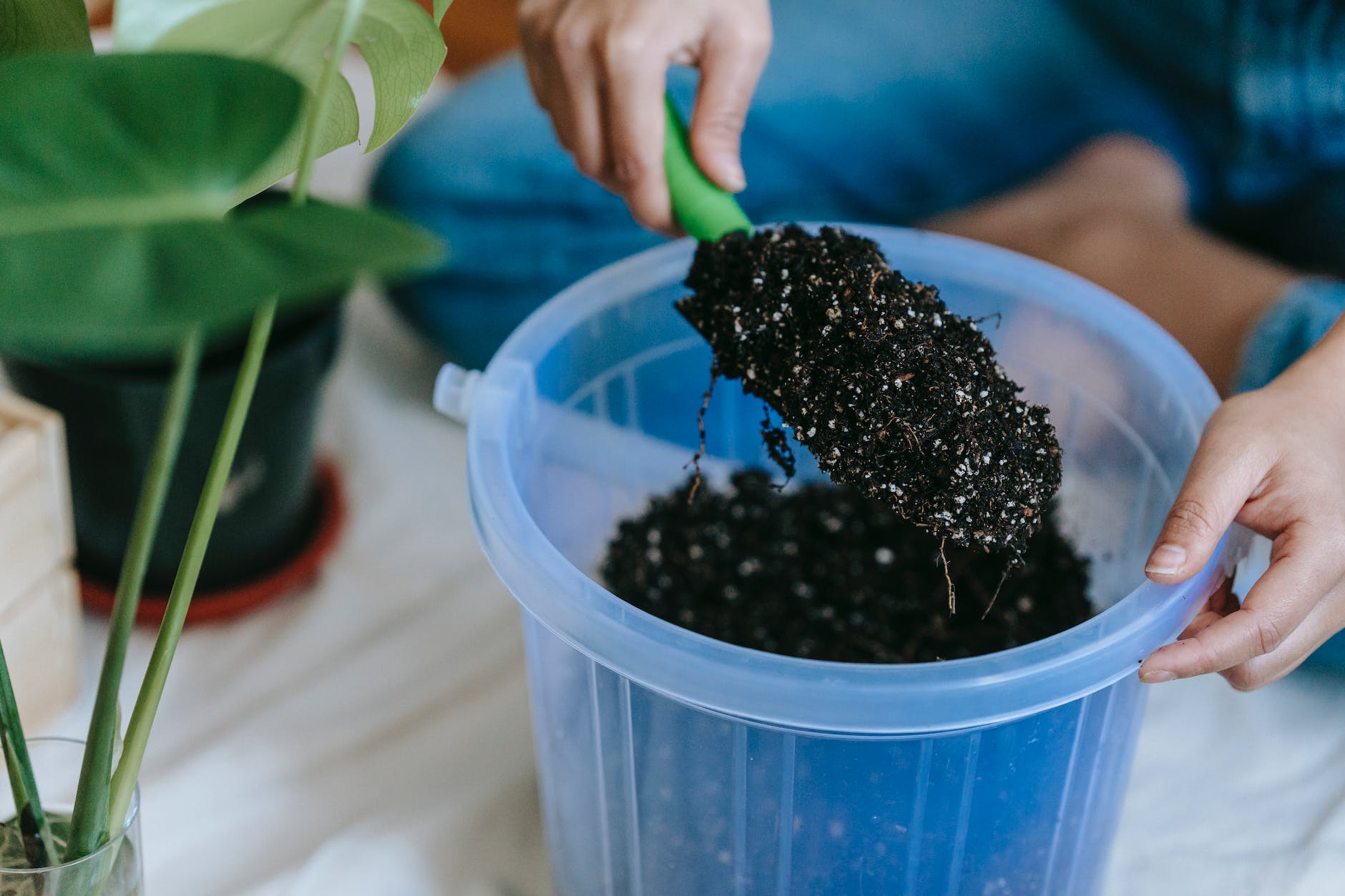Cannabis cultivation has transformed significantly due to its increasing legalization for both medical and recreational use in many parts of the world. The need and demand for high-quality cannabis have led to the adoption of numerous effective strategies to grow cannabis in a controlled environment. For indoor cultivation, crucial factors like light, water, soil, temperature, and pruning techniques determine the success of the yield.
Indoor cultivation of cannabis offers many benefits, including consistent conditions, year-round growing, privacy, and control over potential pests and disease. Since they are grown within a controlled environment, the yield is often higher and the quality is better compared to outdoor cultivation.
A key component of indoor cannabis cultivation strategy is the lighting system utilized. Grow lights are essential to recreate the solar spectrum, which directly influences the growth and development of the plants. The different types of grow lights include High-Intensity Discharge (HID), Light Emitting Diodes (LED), and Fluorescent lights. HID remains the most popular due to their effectiveness and wide availability. Meanwhile, LED lights are known for their energy efficiency and long lifespan, while fluorescent lights are best for small scale or beginner growers.
Understanding the complete plant lifecycle and the light requirements at each stage is central to achieving maximum yield. The vegetative stage, wherein the plant builds up its bulk, requires 18 to 24 hours of light exposure. On the contrary, the flowering stage demands 12 hours of light and 12 hours of darkness to stimulate the production of buds.
The choice between soil vs. soilless mediums is particularly vital in the growth cycle of cannabis plants. Traditional soil growing is preferred by beginners due to its ease of use and the presence of natural nutrients. On the other hand, soilless media such as peat, coconut coir, and perlite offer more control—especially in terms of pH and nutrient availability—but demand close monitoring.
Hydroponics, growing plants in a nutrient-rich solution rather than soil, is becoming an increasingly popular method for growing cannabis indoors. This technique delivers nutrients directly to the roots, resulting in faster growth rates and higher yields.
An equally important aspect of indoor cannabis cultivation is temperature control. Optimal growing conditions require temperature ranges between 70-85°F (20-30°C) during the light cycle, and around 20°F cooler during the dark cycle. Understanding the criticality of temperature enables growers to provide the best environment for their cannabis plants to flourish, thereby maximizing their yield and potency.
Finally, it’s crucial to master pruning techniques to maintain the health and increase the yield of your cannabis plants. Pruning, or the act of selectively trimming your plants to improve their shape and size, requires careful execution to ensure you don’t stress the plant or stunt its growth. Nonetheless, when done correctly, pruning can be a fantastic tool to maximize your yield.
In conclusion, the secret to successful indoor cannabis cultivation lies in understanding and manipulating the conditions to offer the best environment for the plants. Factors such as the right use of grow lights, choosing between soil and soilless mediums, incorporating hydroponics, maintaining optimal temperature, and applying right pruning techniques can significantly maximize yield and potency while keeping the plants healthy. With continuous learning and experimenting, one can master the art of indoor cannabis cultivation over time.


